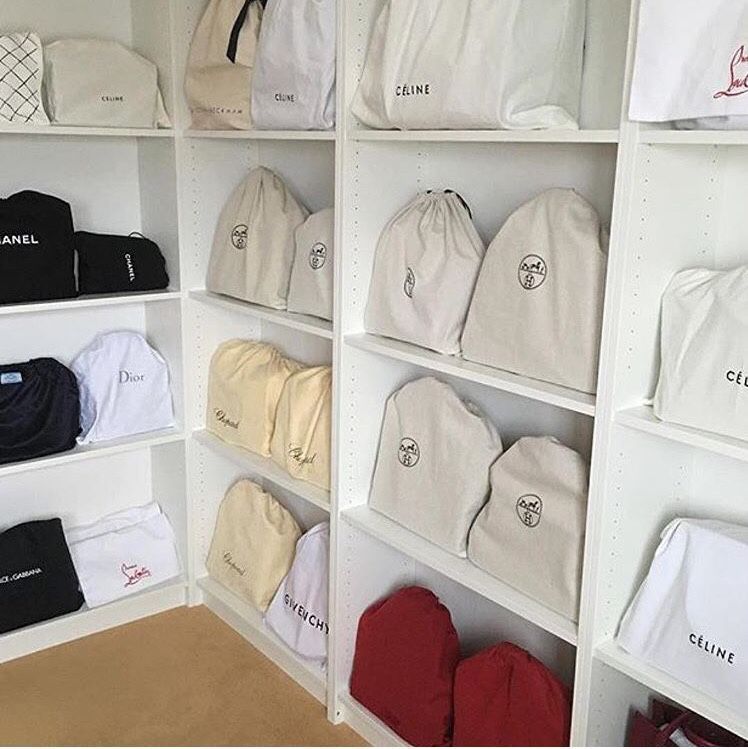
Picture courtesy @dresssenselady
Is “go big or go home” the name of the game in luxury now?
As we’ve explored here on PurseBop, many designer brands battle to keep their top positions in the luxury hierarchy by maintaining exclusivity. Business of Fashion recently posed the topic of whether luxury has gone too “mass” as accessibility threatens the image of exclusivity.
Realistically, exclusivity can only be maintained by selling a limited quantity of product to a smaller audience, However, strictly prioritizing exclusivity is detrimental to financial growth. With the luxury market experiencing some of its weakest years, many brands have introduced lower priced, entry-level products to help hook more consumers. To keep pace with the competition, elite fashion houses such as Hermes, Chanel, and Louis Vuitton are taking the dangerous risk of becoming more accessible.
PurseBop investigates: What’s the cause of this shift? How can luxury brands still secure their exclusivity despite growing accessibility?
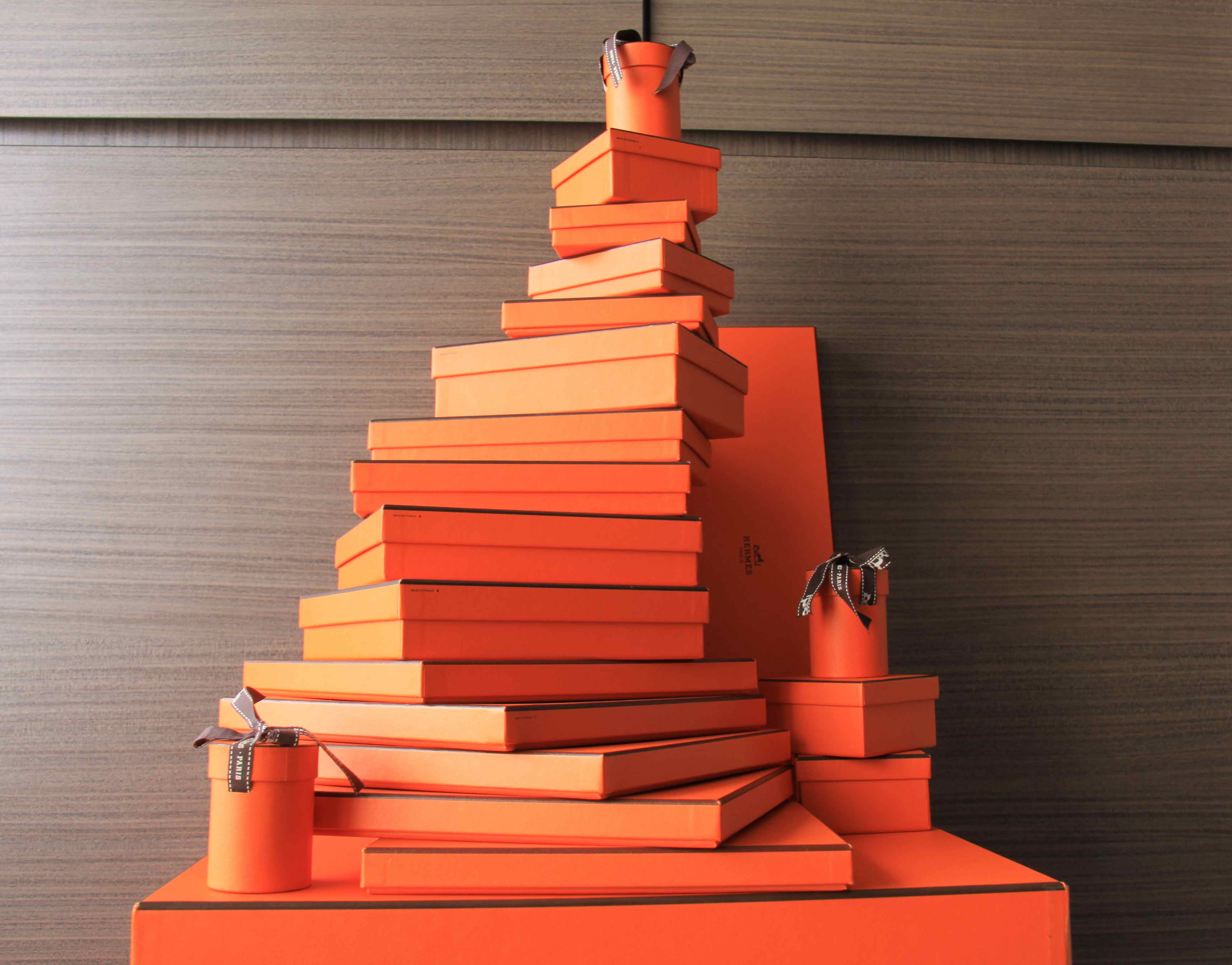
The Dilemma
Mass media and the changing culture around fashion have pushed the appeal of certain designer brands to the forefront. We are influenced to fall in love with luxury goods through even our briefest interactions with social media, entertainment, and advertisement campaigns. Luxury brands are keenly aware of the consumer desire to attain even the smallest status or distinction of shopping at a certain brand. The rise of the “trinket”, or bag charms and other smaller accessories, is a testament to this fact. Brands hope that once consumers are able to indulge in lower price products, they will maintain loyalty and purchase more, which drives in a significant amount of sales.
Yet, this financial strategy poses a big problem and unexpected outcome. Many consumers never make the jump to buying more expensive products from the line and a brand’s exclusivity can get more and more diluted. Likewise, the small amount of loyal consumers purchasing more of the limited, expensive products, may be turned off from the brand’s growing accessibility and overexposure.
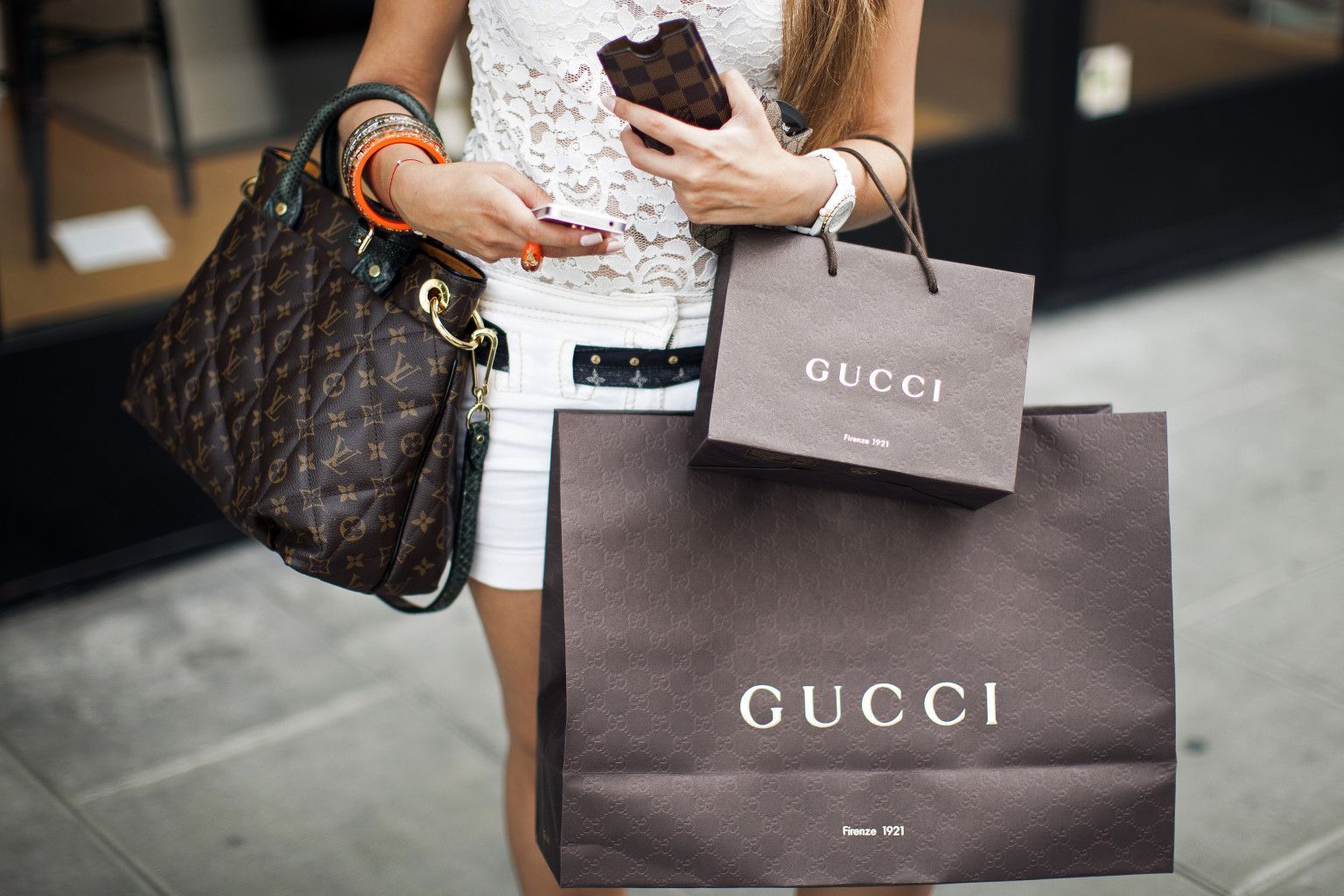
The Power of The Icon
Most luxury brands realize that they have to maintain their presence and appeal to the mass consumer, but how do they still foster an exclusive image?
Companies like Marc Jacobs and Burberry are approaching this conflict by re-strategizing their collections and compiling everything into one exclusive brand. For example, Marc Jacobs sells more accessibly priced products in the Marc by Marc Jacobs collection. Similarly, Burberry’s more accessibly priced “sub-brands” are Burberry Brit and Burberry London. Instead of sub-brands, both of these companies plan to sell all products simply under the company’s main line names Marc Jacobs and Burberry respectively. This tactic will hopefully help consumers focus on both the lower and higher priced items in the brand in a more streamlined way.
Other fashion houses like Hermes and Louis Vuitton have successfully maintained most of their exclusivity by promoting a strong image around their iconic, flagship pieces. The Hermes Birkin and Kelly Bag have become such sought after or holy grail pieces that consumers still aspire to move up the range, even if they purchase lower priced goods like jewelry or home decor. A few years ago, Louis Vuitton struggled maintaining its appeal as lower priced, monogram items became more of a focal point. However, Louis Vuitton has made a huge resurgence under the vision of creative director Nicolas Ghesquiere and his focus on highlighting classic, iconic bags such as the Alma, Capucines, and Dora.
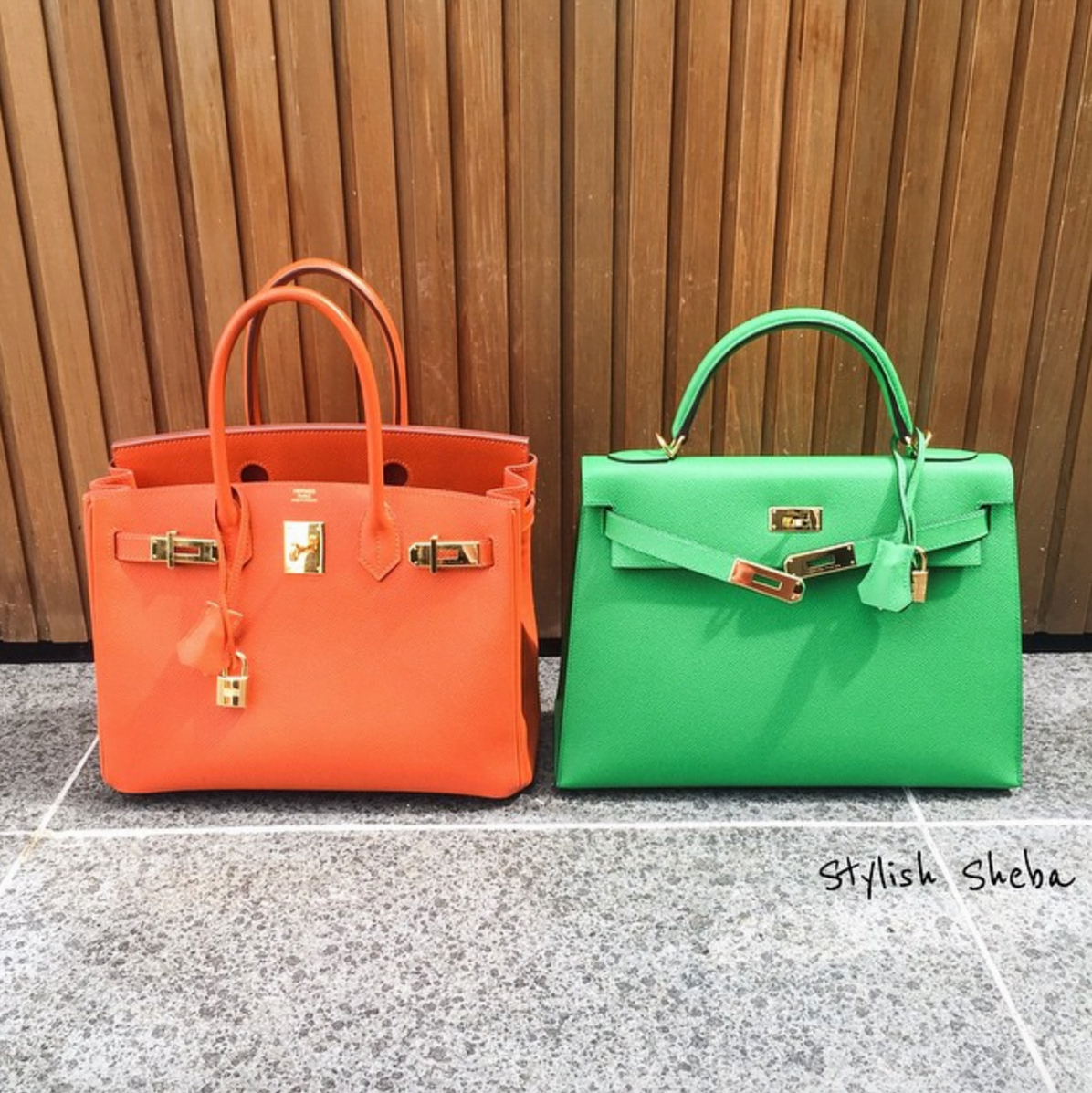
The Hermes Birkin and The Hermes Kelly ~ @stylishsheba
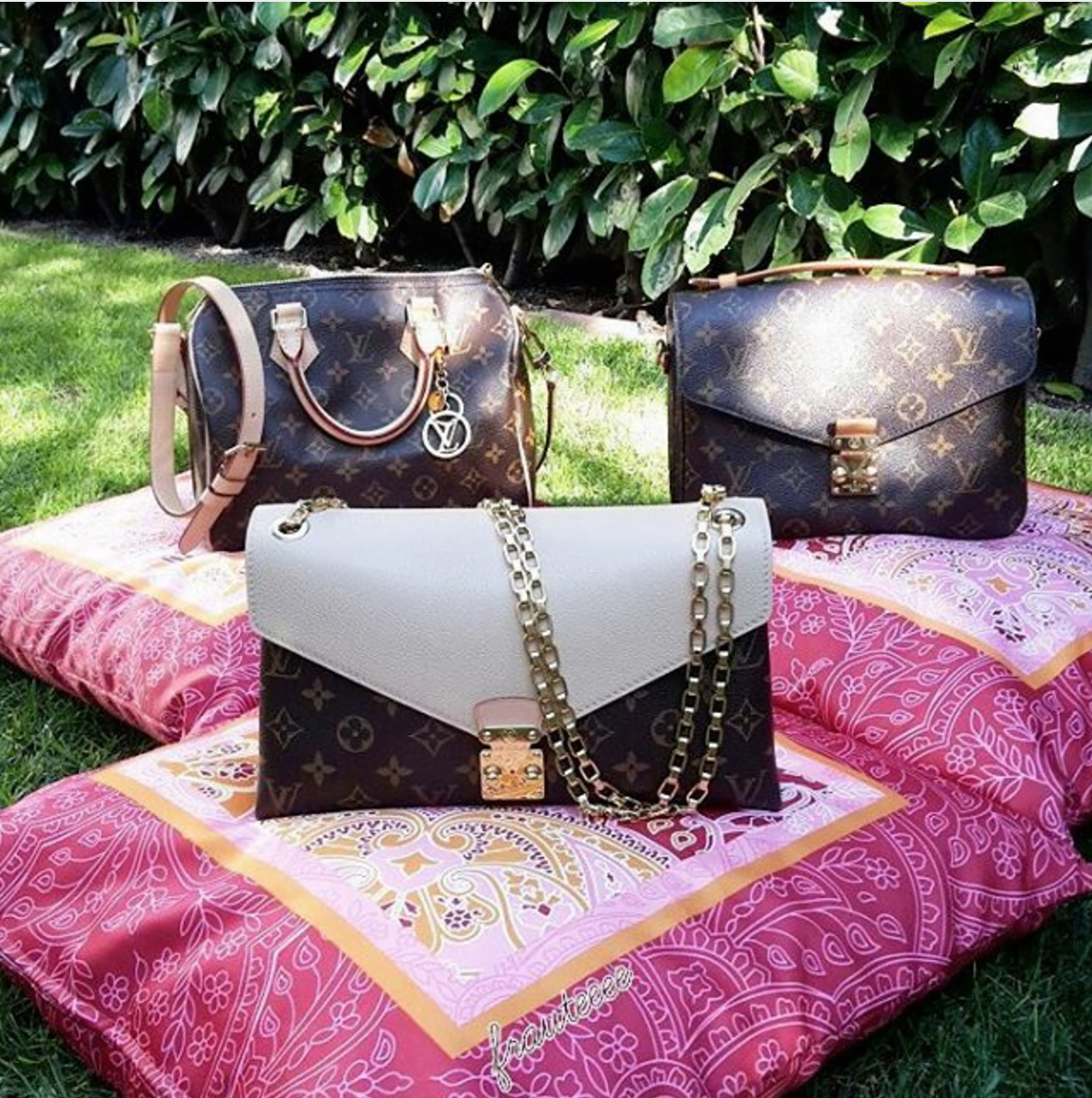
Louis Vuitton Favorites ~ @frauteeee
For brands like Hermes and Louis Vuitton, desire seems to run steady. However, keeping this cloud of desire while marketing products towards the mass consumer may be more of a struggle for other companies without the same type of iconic products. In Business of Fashion‘s article, Sonja Prokopec, suggests a potential plan of attack regarding this dilemma:
Going forward, brands need to focus on trying to keep consumer desire alive. This can be done by carefully managing their product portfolios, focussing on their brand DNA, and investing to create exclusivity, in particular, across their operations online and in emerging markets.
As described by Prokopec, brands can use their popular reputations to their advantage if they focus on crafting a signature, standout pieces as well.
Do you think luxury has become too “mass” to the point of losing its desirability? Which brands do you think have mismanaged the balance between accessibility and exclusivity? Join the conversation on BopTalk with your thoughts.
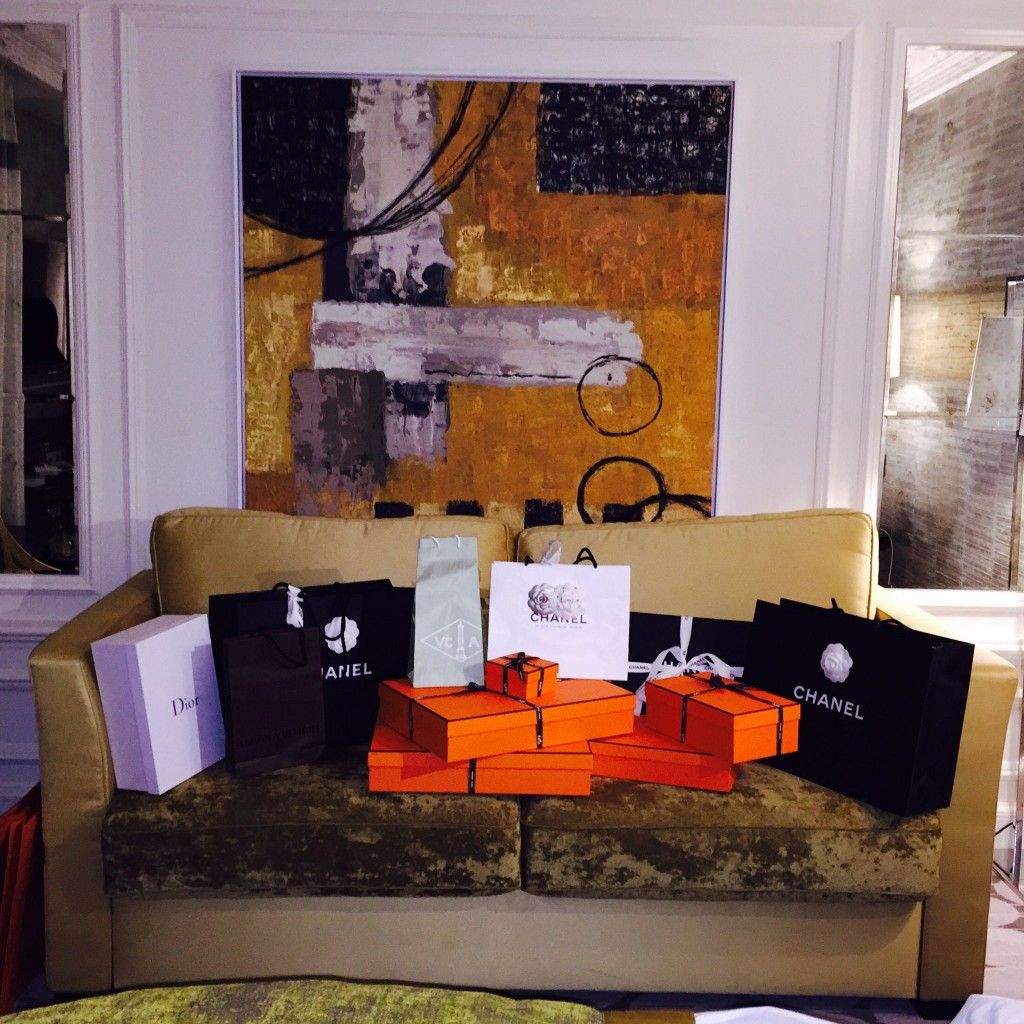
The Paris foursome share a partial shot of the shopping damage #pursebopgoestoPARIS
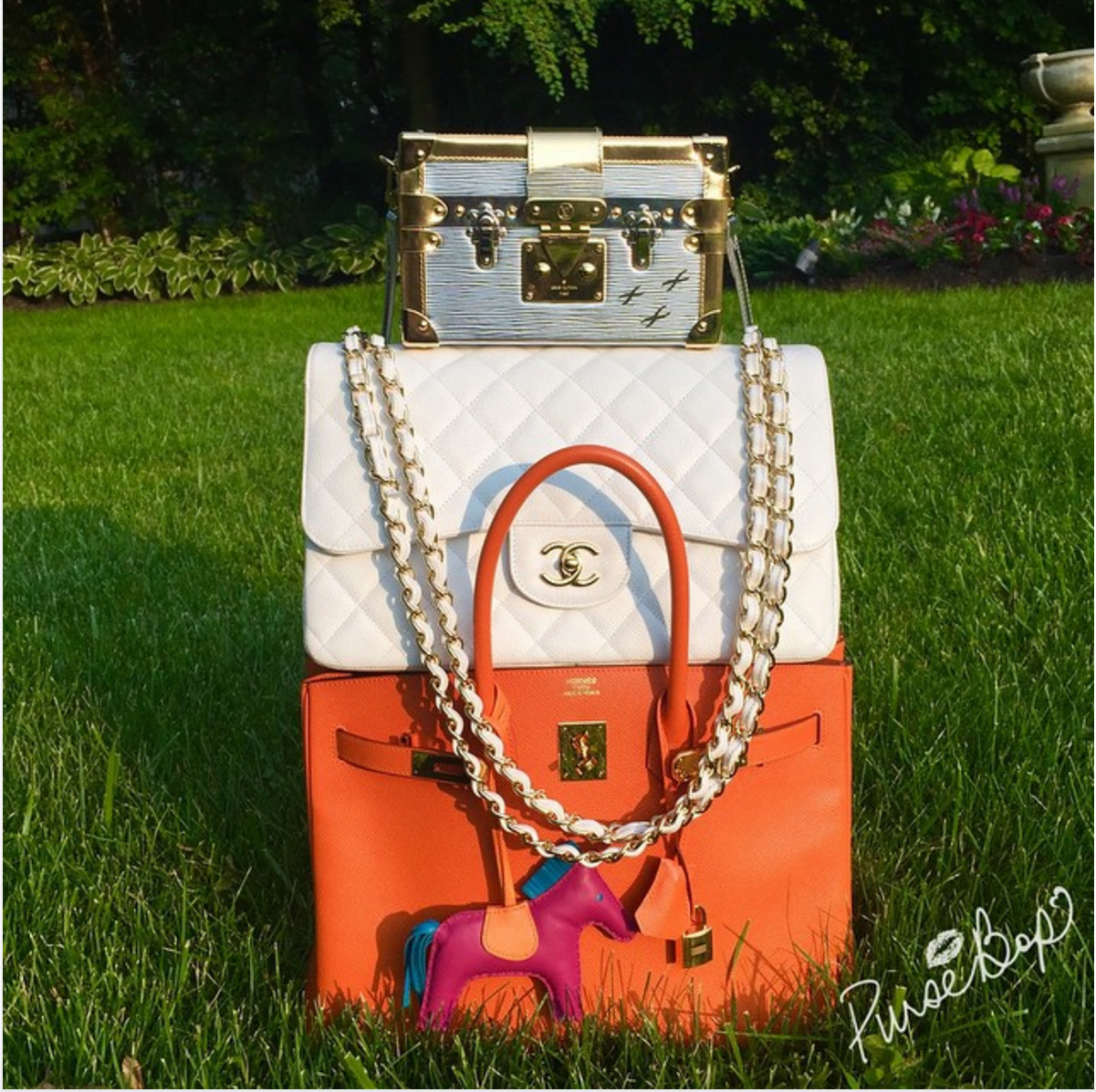
Explore more related financial posts:
From Coach to Hermes: The Luxury Handbag Market
The Increasing Accessibility of High Fashion
Luxury Market Experiences Weakest Year Since Lehman Crash
Bear, Bugs, and Karlito: Trinkets are NO laughing Matter
Love PurseBop
XO
Updated: May 18th, 2017



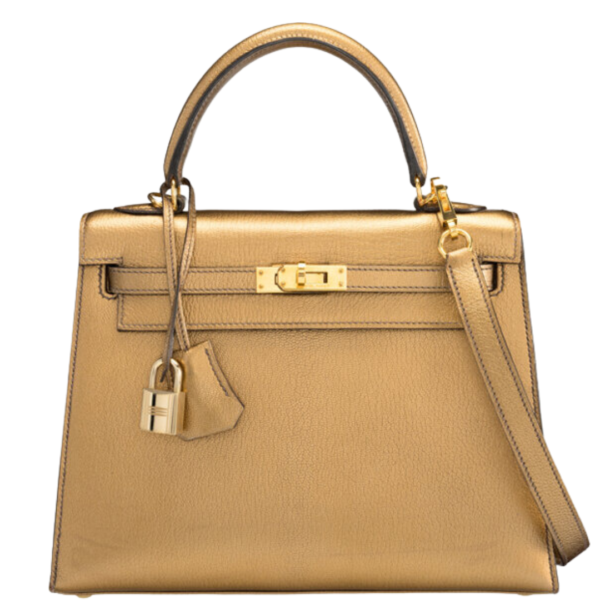
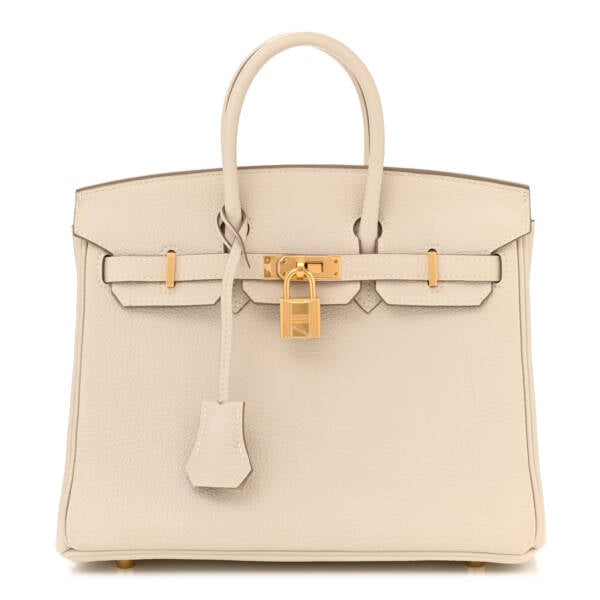
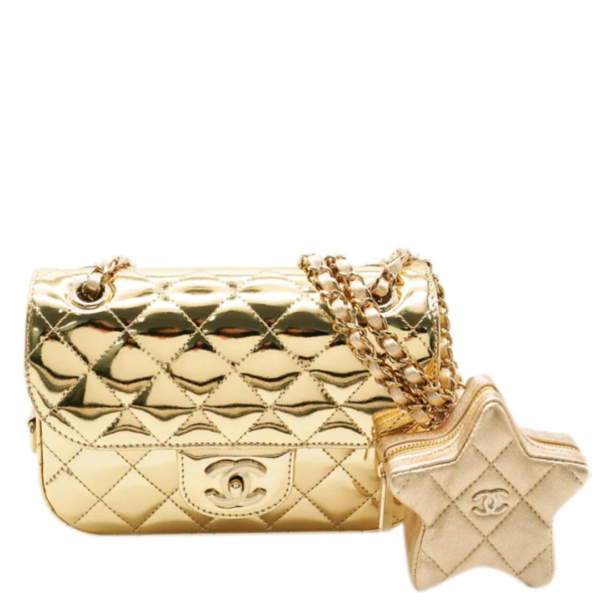
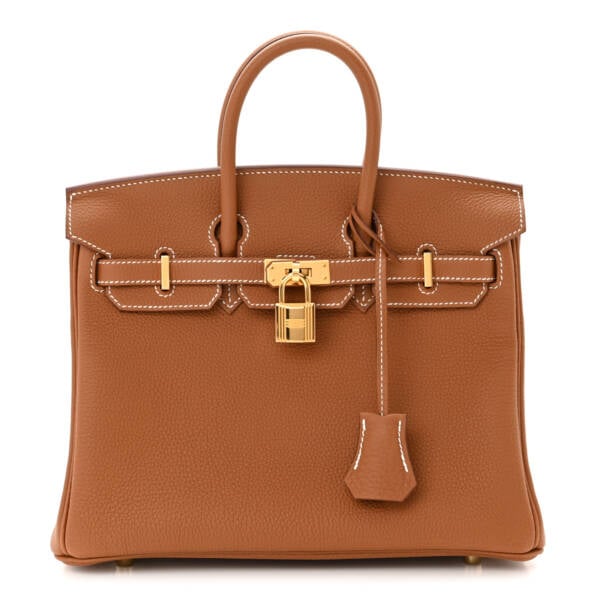
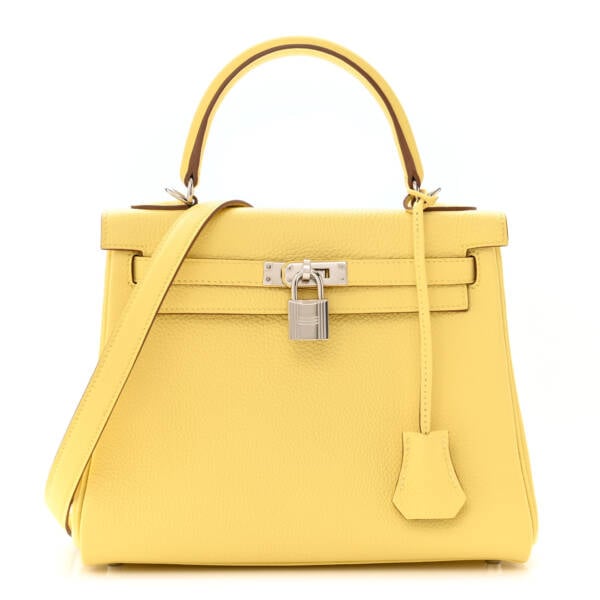
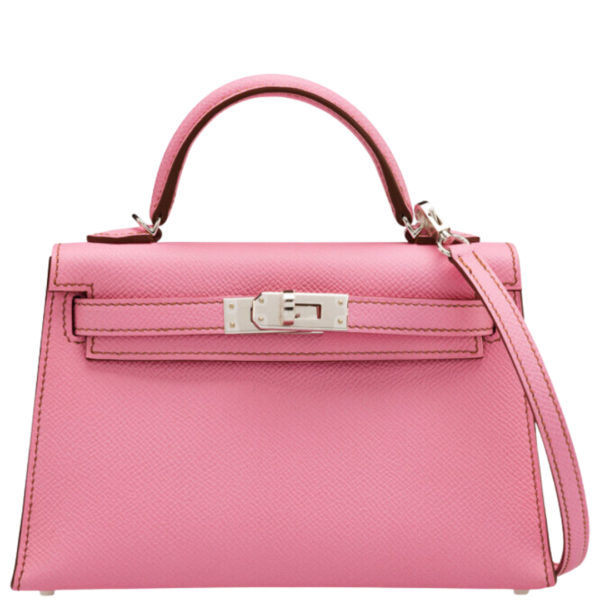
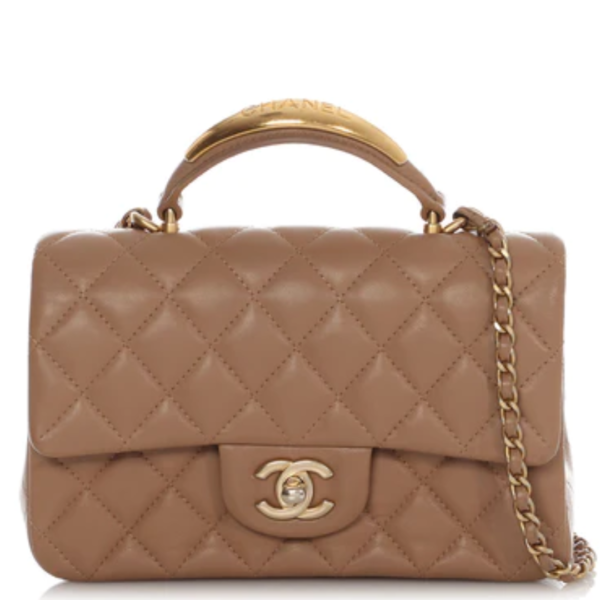
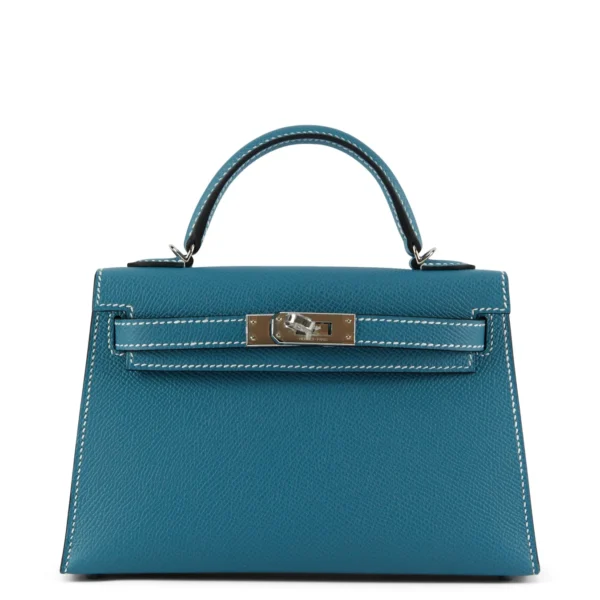
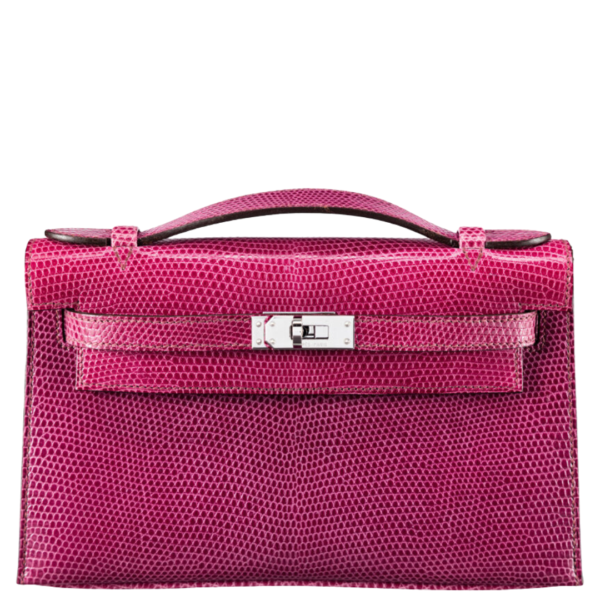
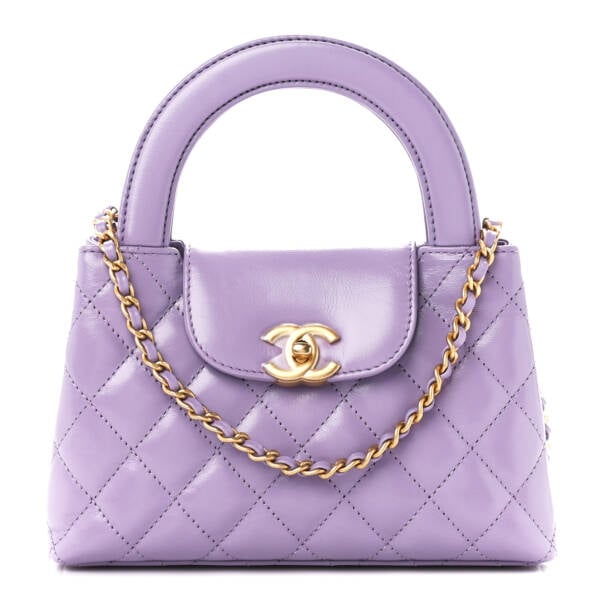
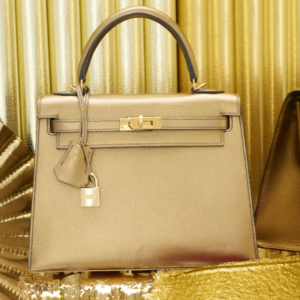
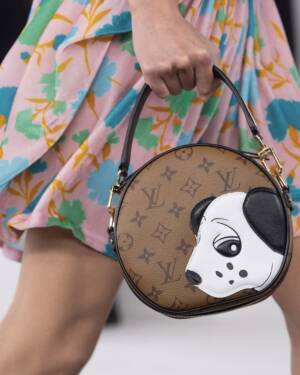
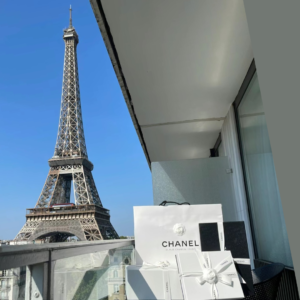
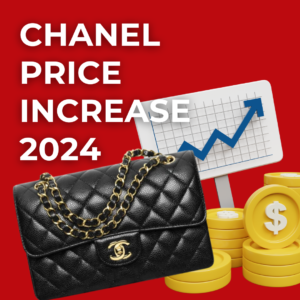
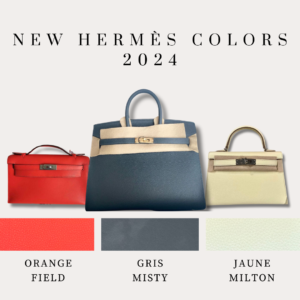
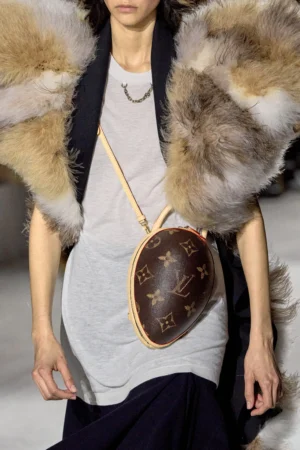



Comments
9 Responses to “Are Luxury Brands Losing Their Exclusivity?”
You missed an entire point and that is PRICE! The prices of a piece of leather is totally insane. $2K was one thing, but 10K and $6K for chanel bags that were 2500K not that long ago are insane. The economy is collapsing and the stock market is collapsing. People that had apartments on Park Avenue now live with roommates. They have lost their jobs and the world doesn’t revolve around a handbag. Personally, I have a ton of high end goods but where does quality meet price. Frankly, Hermes togo/clemence leathers are versions of Dooney & Bourke’s old leather. They were originally fishermen’s leather. Indeed, Hermes had it’s own ranch where they and Chanel got their leathers from, but the quality on all Chanels, Hermes, and Vuittons have gone down a great deal. The price point to me is unrealistic for a piece of leather. Frankly, I would rather put it into something more enduring. Luxury will always be expensive, but the bloom is off the rose for products of average quality with just a name and whose prices are at an extreme. Karl Lagerfeld from Chanel only wants people who make $1 million a year to buy his clothes. His jackets have gone from 2500K to 7-10K+. I and many others have stopped buying. No one is buying Chanel clothes anymore. Sales are only 40% off. Frankly, all this is an insult to the consumer. Therefore, all these luxury brands are getting what they deserve, consumers are walking away. All their prices need to come down. Doubling and doubling prices the way all the jewelers and fashion houses have done has become their demise. I believe many will merge to survive. As far as Vuitton, they entered in a market whereby they are the same price or close to Chanel, and their stores are empty. They were known for affordable luxury, now they have out priced themselves. So have they lost their elusivivity, yes. But more importantly, they have lost their customers by charging them outrageous prices for very little value. Leather is leather, and it all cracks in the end. Tiny pave stones are worth pennies. Yet we are being charged $30K for 1.5-2 carats of 2 or 3 pointers at VCA. It’s extremely insulting.
I think that high end brands such as Chanel, LV and Hermes need to home in on the fake handbag community. There are so many “good” fakes out there that it’s starting to also contribute to the “mass market ” look . People that pay and strive towards luxury items do so as they not only appreciate the brand but also the history, the story behind the designer , the quality and craftsmanship etc. not just so they can carry the IT handbag and be seen to trying to be cool! It’s so frustrating to see so many fakes out there and nowadays you can just order which ever fake you want . The accessibility is ridiculous . The copiers and makers need to have bigger fines and shut down .
I agree on your stand about the price. i would understand if it was croc with all the diamonds in it. i love my bags but i still think if it’s worth it. Exclusivity nowadays is simply carrying exotics or the limited edition bags in my opinion. Normal leather is already mainstream and with the existence of prelove market its hard to have that exclusivity feeling. i think price increase isn’t the solution because people will just simply look in the prelove market if the price is too high. and they’re also losing their customers in the long run.
I agree with Dianne, passing off lower quality goods at higher prices is insulting to longtime brand loyalists and consumers are speaking by closing their wallets. I’d gladly pay for a pre-loved item for a quality luxury item. For me, exclusivity does not mean do I own the latest or newest good from a luxury house, it means do I own the best quality good produced by that house and it’s sad to say goods purchased within the last 5+ years are not of the best quality or workmanship.
I completely agree :)
Diane I respect your opinion and am encouraged to see you express your feelings here. Thank you for sharing. XO
Hi Puja, could not agree more on the fakes subject. I personally live in a very small Hermes market and dare say that 90% of the Bs and Ks here are fakes. We even know they come from Turkey for like 500€ or even China for 2000USD!! Some people make a living out of this! It’s crazy! It isn’t pleasant when you save up for a year to buy a Birkin and then someone comes along with a full range of fakes… Not to mention what the production of fake goods (bags and others) involves…
You are so right. The brands have kept testing ever-higher ceilings while the quality goes in the opposite direction. And how about Chanel saying they won’t repair anything over 5 years old.
And frankly, how many people are educated enough to understand that pavé stones (melée) don’t have that inherent value? You are the kind of educated luxury customer they don’t want. :)
Recently Hermes improved the quality of their iconic Avalon blanket so that it was softer and had less pilling issue. That gives me hope they are keeping to their standards. I will always pay more if the quality is still there.